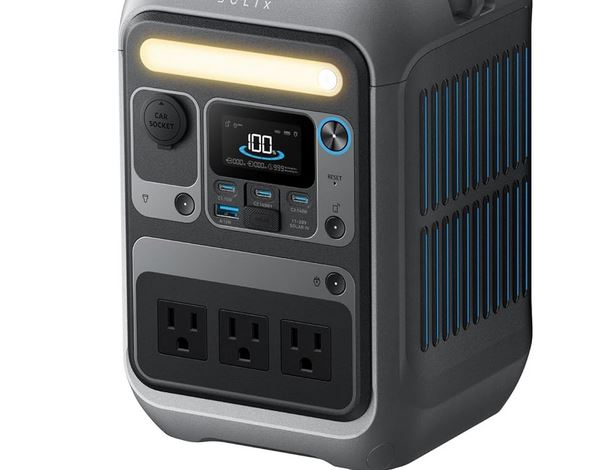How to Size Your Solar System in 5 Steps
Published: December 15, 2024 | 8 min read
Sizing your solar system correctly is crucial for maximizing your investment and ensuring your energy needs are met. Follow these 5 essential steps:
Step 1: Calculate Your Daily Energy Consumption
Start by listing all your appliances and their power consumption. Multiply the watts by hours used per day to get watt-hours (Wh). Add everything up for your total daily consumption in kWh.
Example: If you use 10 kWh per day, you'll need enough solar panels to generate that amount (plus 20% for losses).
Step 2: Determine Peak Sun Hours in Your Location
Peak sun hours vary by location. Most areas get 3-6 peak sun hours daily. Use our calculator tool to find your exact location's solar potential.
Step 3: Calculate Required Solar Panel Capacity
Formula: (Daily kWh / Peak Sun Hours) × 1.2 = Required Watts
For 10 kWh with 5 peak sun hours: (10 / 5) × 1.2 = 2,400W or 2.4kW system
Step 4: Size Your Battery Bank
Multiply your daily consumption by the number of days of autonomy you want (typically 2-3 days). Account for battery depth of discharge (DoD).
Step 5: Select the Right Components
Match your MPPT controller to your panel voltage and current. Choose an inverter that can handle your peak loads plus 25% safety margin.
Pro Tip: Use our interactive solar calculator to instantly size all your components!
